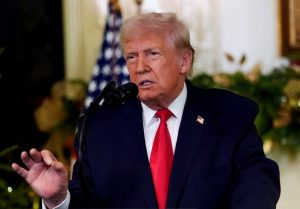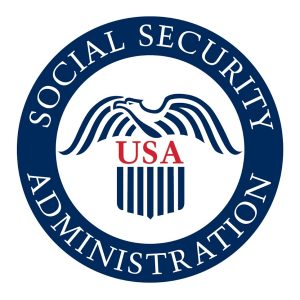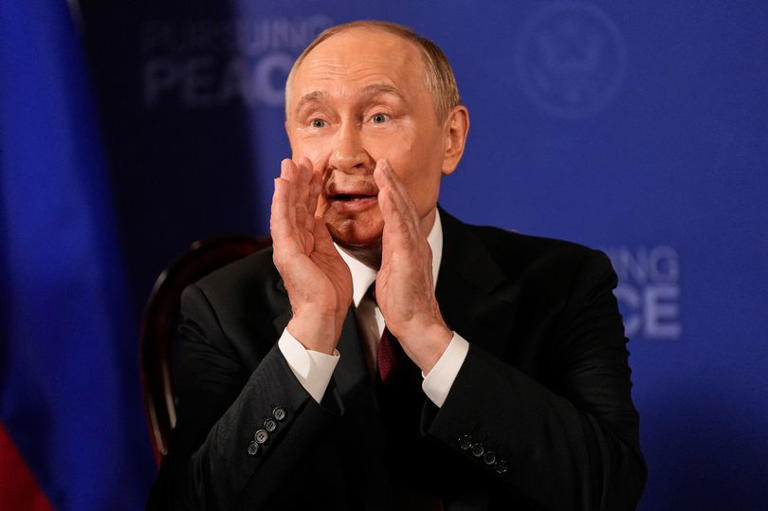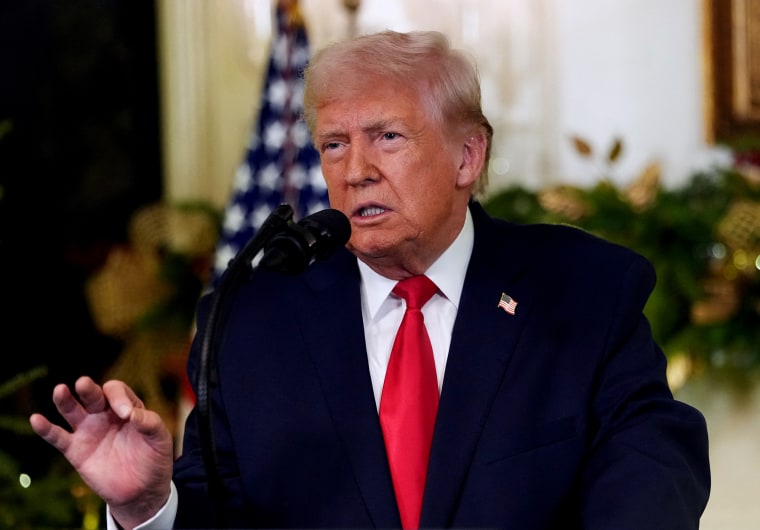A recent summit between two of the world’s most closely watched figures unfolded with both controversy and intrigue, highlighting just how delicate international diplomacy can be when political rivals meet face to face. The gathering, which took place in Alaska, quickly shifted from an expected display of formal statesmanship to an event marked by tense exchanges, unusual moments, and a lingering sense of uncertainty about what had truly been accomplished.
The meeting began in traditional fashion, with both leaders seated before members of the international press. For one of them, however, the spotlight quickly became overwhelming. Reporters, determined to push for clarity on sensitive issues, directed a barrage of questions toward the Russian delegation. Topics ranged from ceasefire commitments to trustworthiness in negotiations, placing visible strain on the otherwise carefully choreographed appearance.
At one point, the atmosphere inside the room boiled over. A female journalist pressed hard on whether civilian deaths would finally be halted and whether any promise offered would hold real weight. Her line of questioning, while reflective of global concerns, appeared to strike a nerve. What happened next was captured by cameras and instantly circulated across multiple outlets: the Russian president leaned forward, cupped his hands around his mouth, and fired off a pointed remark toward the crowd.
Interpretations of that moment immediately diverged. Some experts claimed that the words amounted to a dismissive insult aimed at the reporter, while others suggested they were nothing more than a call to move proceedings forward. The disagreement about what was actually said only deepened the sense of chaos. Adding to the intrigue, close observers noted the U.S. president’s visible discomfort during the exchange, discreetly signaling to an aide while keeping his composure in front of the cameras.
Once the press was escorted out and the private discussions began, the focus shifted back to diplomacy. Reports later suggested that both sides managed to engage in substantive dialogue, even if many of the specifics remained confidential. Hopes were raised that the conversations might at least establish the groundwork for future cooperation, particularly in relation to ongoing conflicts.
In Kyiv, Ukraine’s president followed developments closely, posting on social media his desire for the talks to produce a concrete path toward peace. He emphasized that only a genuine commitment to fairness and transparency could bring an end to prolonged suffering, while also reminding his audience that Ukraine remained ready to engage constructively with both Washington and Moscow. His words underscored the wider significance of the meeting: while framed as a bilateral encounter, the stakes were undeniably global.
The summit carried an additional twist when, days later, news broke that confidential materials tied to the event had been mishandled. An eight-page packet was reportedly discovered abandoned in a public printer at a local hotel, raising concerns about operational oversight. The documents, though not classified at the highest levels, contained enough detail to spark criticism from analysts. Among the contents were logistical notes, internal phone numbers, and even details of a planned gift exchange and lunch menu.
https://www.youtube.com/watch?v=9fud1xAghtA
The menu itself—featuring dishes like fillet mignon, halibut Olympia, and crème brûlée—became an unexpected centerpiece of media coverage once the story spread. Critics pointed to the incident as an example of lax security, with some describing it as an avoidable lapse in basic protocol. One academic expert bluntly remarked that such carelessness reflected poorly on the ability of organizers to protect even the simplest of materials.
Not surprisingly, the administration pushed back hard against that narrative. Officials dismissed the matter as a distraction, insisting that no sensitive national security information had been compromised. Instead, they encouraged the public to focus on what they framed as meaningful progress made during the actual discussions, rather than on what they considered trivial oversights.
Yet the twin threads of the summit—the chaotic press conference and the clumsy document mishap—ensured that the meeting will be remembered as much for its drama as for its diplomacy. For critics, it reinforced the perception that high-level negotiations remain vulnerable to both human error and political theater. For supporters, it marked a rare moment when adversaries came together in person, at least opening the door to further engagement.
Whether the encounter ultimately leads to lasting change remains to be seen. For now, what lingers is the image of two leaders seated side by side, caught between the harsh glare of the press and the heavy burden of history. The world will watch closely for the next chapter, knowing that even small gestures and stray words can ripple far beyond the conference table.
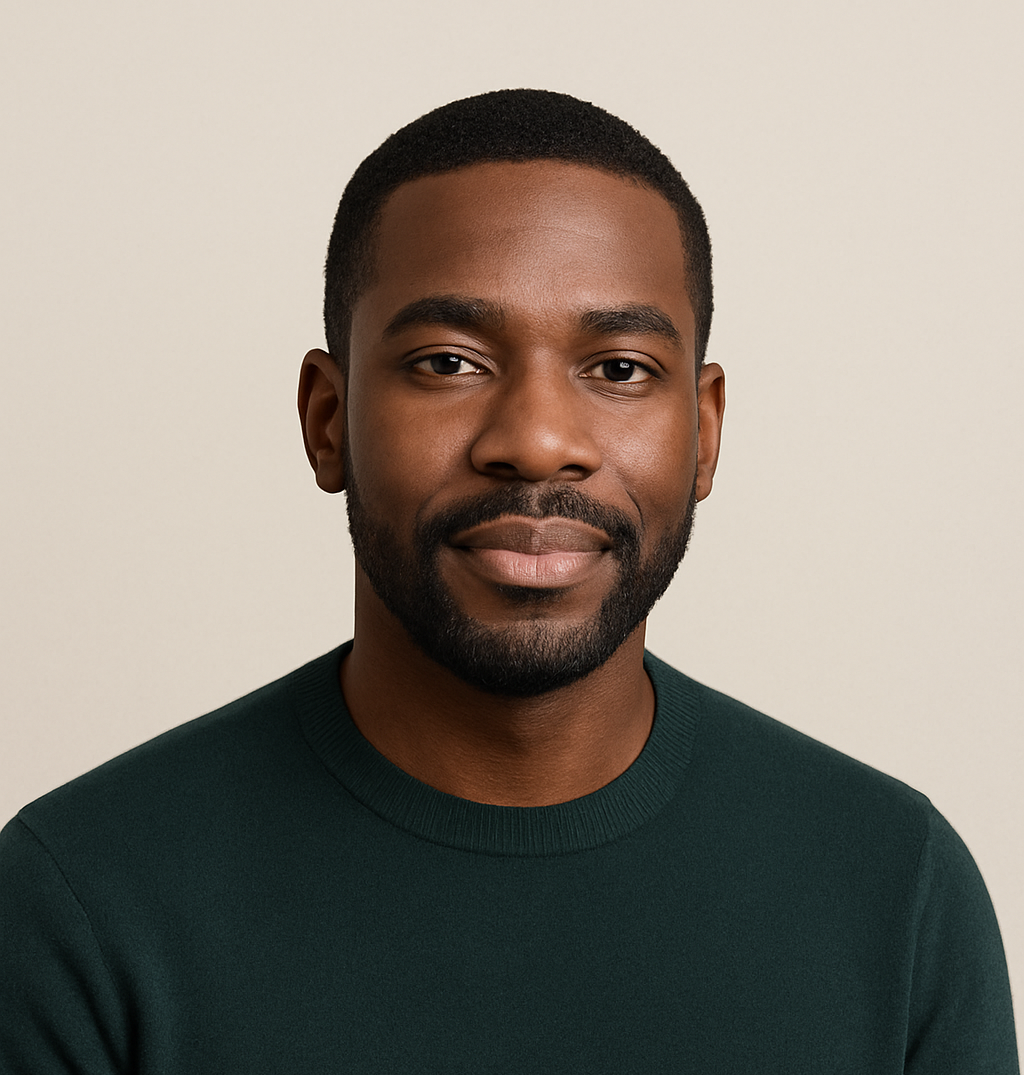
James Jenkins is a celebrated Pulitzer Prize-winning author whose work has reshaped the way readers think about social justice and human rights in America. Raised in Atlanta, Georgia, James grew up in a community that instilled in him both resilience and a strong sense of responsibility toward others. After studying political science and creative writing at Howard University, he worked as a journalist covering civil rights issues before dedicating himself fully to fiction. His novels are known for their sharp, empathetic portraits of marginalized communities and for weaving personal stories with broader political realities. Jenkins’s breakout novel, Shadows of Freedom, won national acclaim for its unflinching look at systemic inequality, while his more recent works explore themes of identity, resilience, and the fight for dignity in the face of oppression. Beyond his novels, James is an active public speaker, lecturing at universities and participating in nonprofit initiatives that support literacy and community empowerment. He believes that storytelling is a way to preserve history and inspire change. When not writing, James enjoys jazz music, mentoring young writers, and traveling with his family to explore cultures and stories around the world.

